If you’ve ever ordered sushi from a restaurant or grabbed a seafood salad from the grocery store, you’ve likely had imitation crab meat. But, what is that stuff, and how is it different from real crab meat? In this article, we will delve into what imitation crab meat is, how it is made, and why you shouldn’t be eating it.
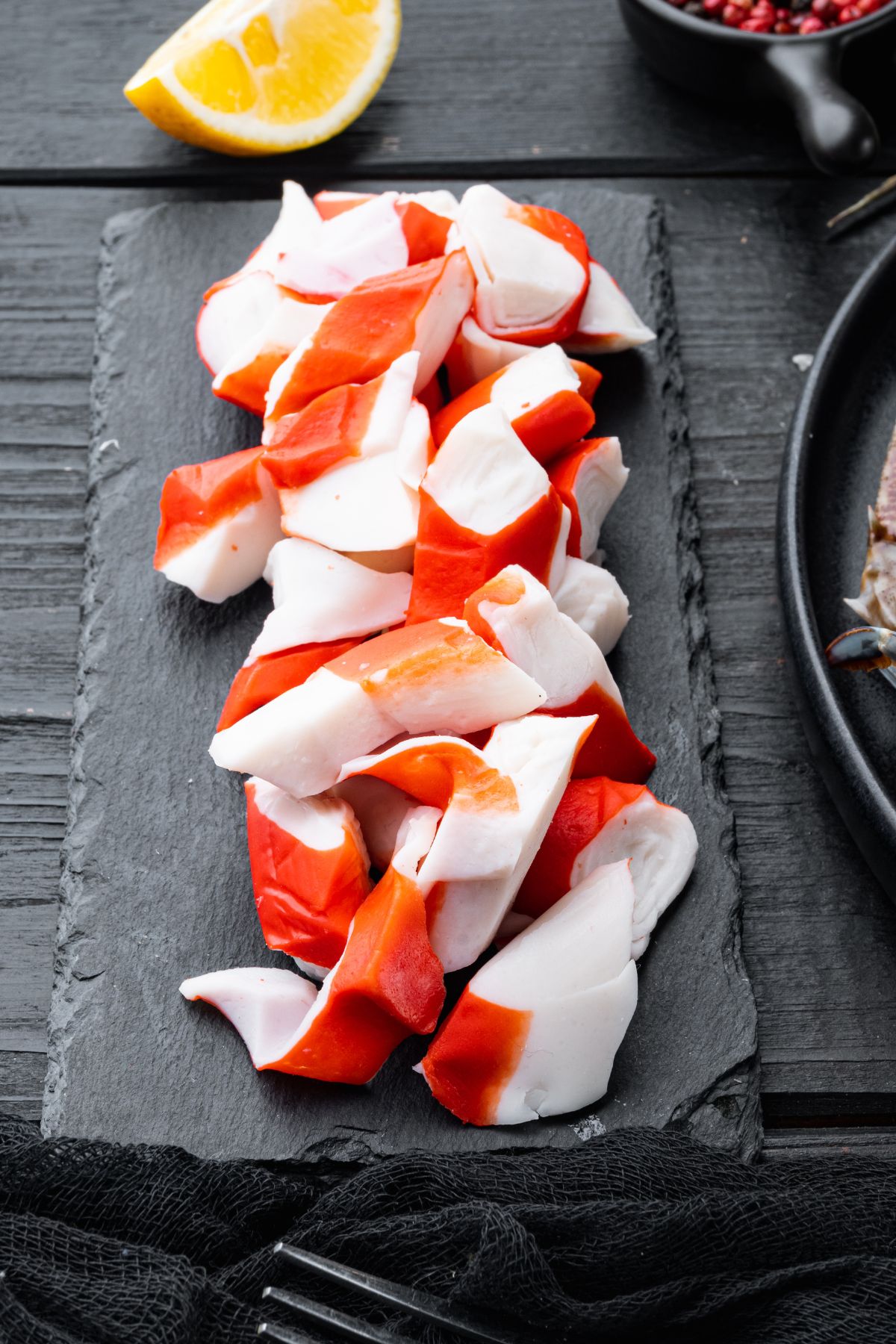
Before we get into it, this is my official disclaimer: I am not qualified to offer medical or nutritional advice. I am, however, offering my opinion on this synthetic, highly processed “meat” that I wouldn’t touch with a 10-foot pole!
Imitation crab meat, also known as surimi, is a popular choice on sushi restaurant menus and as a main ingredient in seafood salads, crab dips, and many other seafood dishes. It’s affordable, available year-round…and in my not-so-humble opinion, is the worst thing to ever hit grocery store shelves.
Born and raised along the Gulf Coast, fresh seafood is not hard to come by. There are seafood markets and fresh seafood sold on every corner. I have a passion for fresh, sustainable seafood! Don’t get me wrong. I fully understand the need for affordable ingredients, but imitation crab meat is not the answer!
Imitation vs. Real Crab Meat
Imitation Crab Meat
Imitation crab meat is not actually crab at all, but a seafood product made from fish, food additives, and other highly processed ingredients. All of this processing creates a crab-like product in texture, flavor, and even color.
In fact, a thin coat of orange food dye is added at the end of the process for a crab-like appearance.
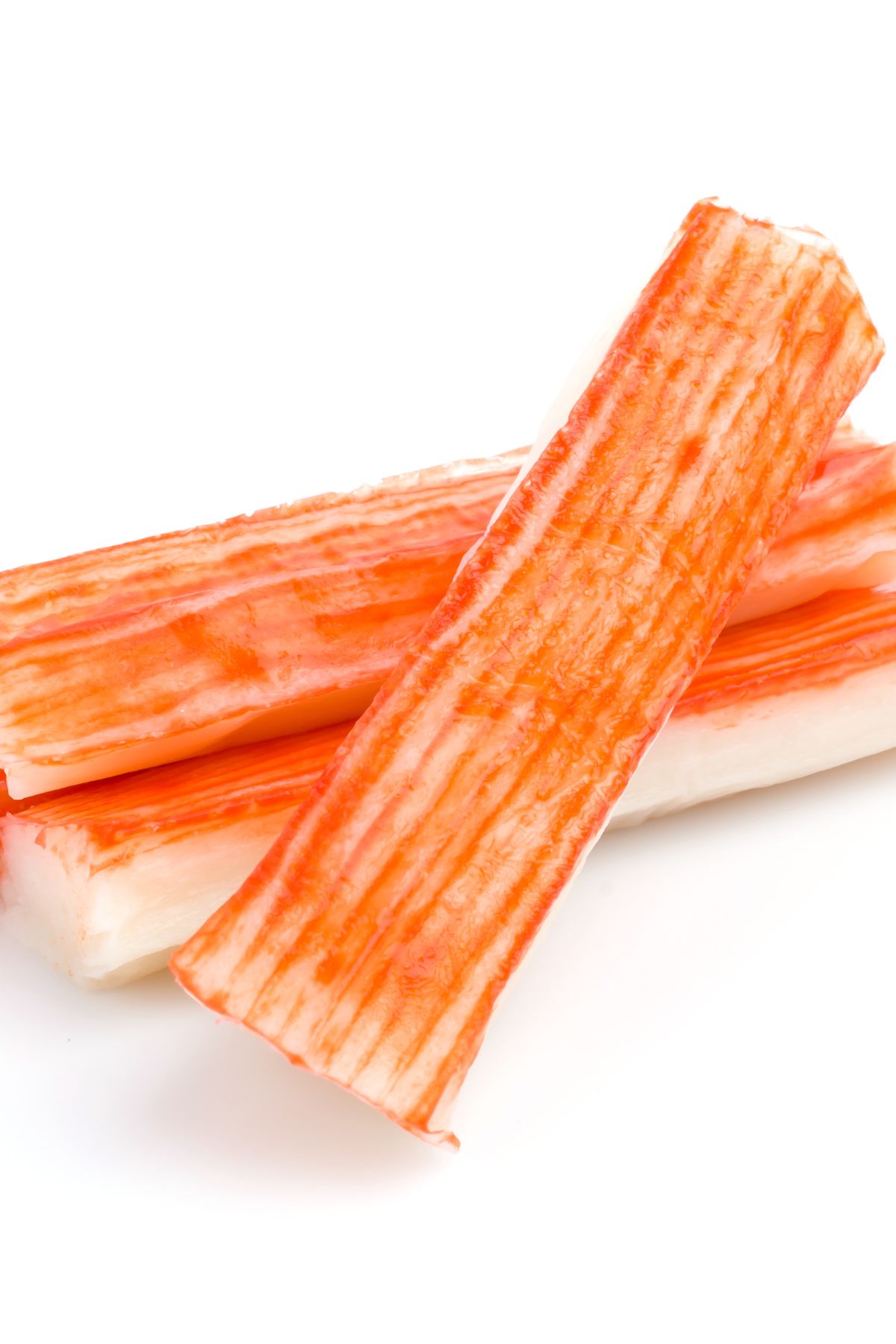
The production process involves several steps:
- White fish filets (like alaskan pollock) are grinded down to create what’s called a surimi paste. Even still, imitation crab contains less than 50% of real fish.
- Then, the paste is blended with other ingredients like starch, egg whites, flavorings, and other additives, like MSG. These ingredients give it a crab-like texture and binds it all together.
- Finally, the mixture is shaped into long strands resembling crab legs before being colored red or orange.
While it may be an affordable alternative to the real thing, imitation crab meat lacks vitamins and nutritional value, found in real crab meat.
Real Crab Meat
Real crab meat is just that: crab meat picked from a real crab that used to swim in the ocean. These crabs are harvested from their natural habitat. Then the meat from the body, legs, and claws are removed and sold in seafood markets and grocery stores.
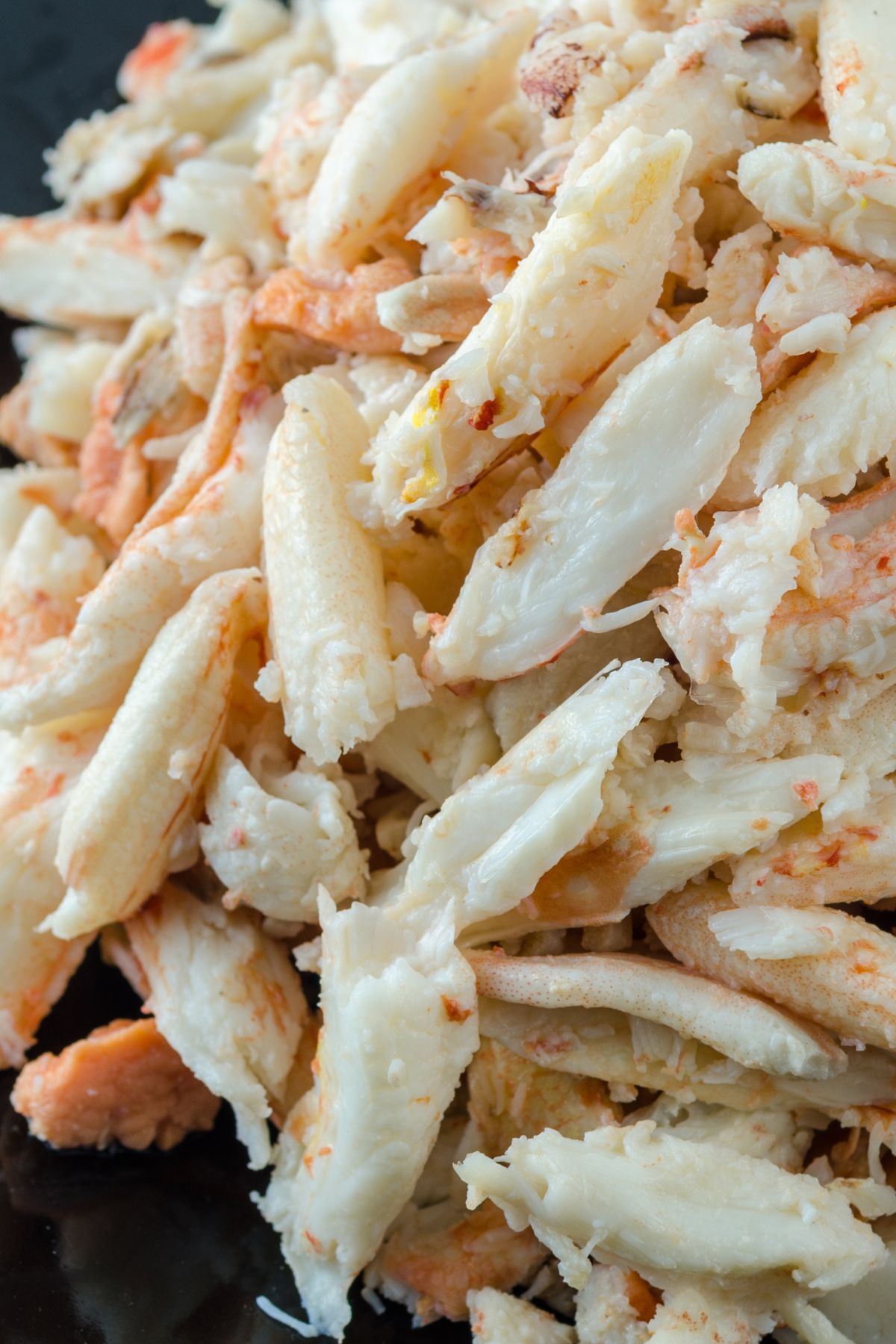
Most often, you will find containers of crab meat labeled as “crab claw meat” or “lump crab meat”. Yes, this is a more expensive product than the alternative, but think of all the vitamins and minerals your body will receive.
How to tell if it’s real or fake crab meat?
The easiest way to tell the difference between real and fake crab is the label. Fake crab will have a laundry list of ingredients on the nutrition label. Real crab meat will simply read “crab meat” or “lump crab meat”. There will be no additives or other funky ingredients.
Typically, imitation crab is pretty easy to spot. The shape, color, and general appearance will look downright “perfect”. The top of the meat will be bright red or orange with a super white flesh. The shape and size will be uniform.
If you are ordering from a restaurant menu, imitation crab will be listed as “crab sticks”, “krab”, “crab-flavored seafood” or another suspicious term.
Every restaurant should be able to tell you where they receive their seafood and whether or not it is wild caught or farm-raised.
Real crab will either be in cans or containers or still inside its shell. Depending on where the meat was pulled from on the crab, real crab meat usually appears finely shredded or in lumps of meat. The meat will be white-ish or slightly gray.
Tip: When purchasing crab meat, look for a label that says the animal was wild caught. Farm-raised or harvested crab meat will be lesser in quality and in nutritional value.
I’ve got a completely different soap box for farm raised and wild caught seafood! More on that later…
Recipes Using Crab Meat
Because it’s an affordable alternative, there are countless seafood recipes that call for imitation crab meat. However, I encourage you to make the swap from fake to real crab meat.
Here are a few recipes to try with lump crab meat:
- Crab Rangoon – air fried and delicious!
- Crab Salad – doubles as a dip!
- Crab Cakes
- Seafood Lasagna
Fake Crab Meat FAQ
What is imitation crab meat made of?
Imitation crab meat is a type of processed seafood made from white fish fillets (commonly pollock or Pacific whiting) that are minced and combined with various additives such as starches, egg whites, sugar, salt, and flavorings. The resulting mixture undergoes further processing to create a product resembling the appearance and texture of real crabmeat.
Can you eat imitation crab raw?
Yes, imitation crab meat is pre-cooked so you are able to eat it straight from the packaging.
Is imitation crab meat healthy to eat?
No. Imitation crab meat is bad for you. It’s highly processed and contains MSG, food additives, dyes, and other synthetic ingredients. Plus, the high sodium content and gluten can trigger allergic reactions in some people.
Does imitation crab taste like real crab?
Imitation crab meat has a similar flavor profile to real crab because of an additive called crab extract. Efforts to mimic the real thing extend beyond flavor, which is why the imposter is dyed red and resembles a similar texture of real cooked crab meat.
Seafood Recipes to try
If you love seafood, here are a few great fresh seafood recipes:


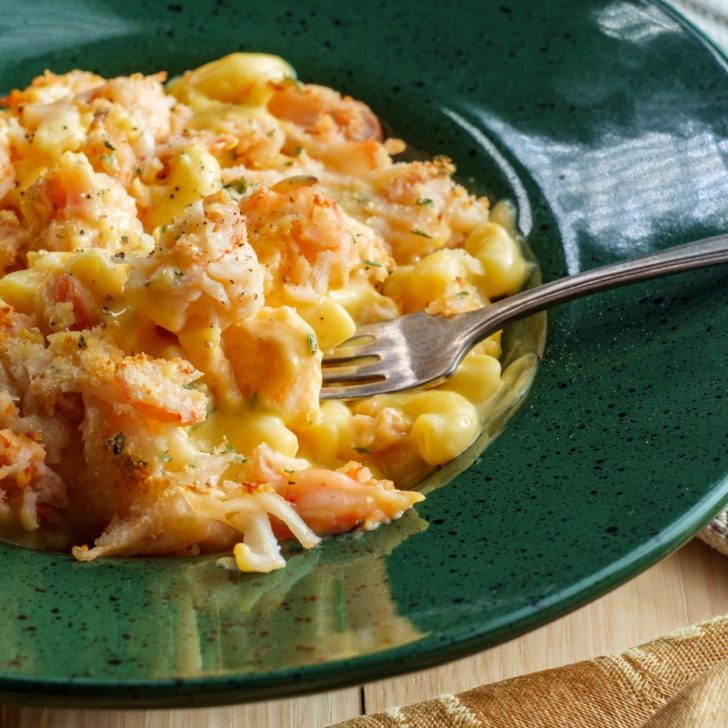
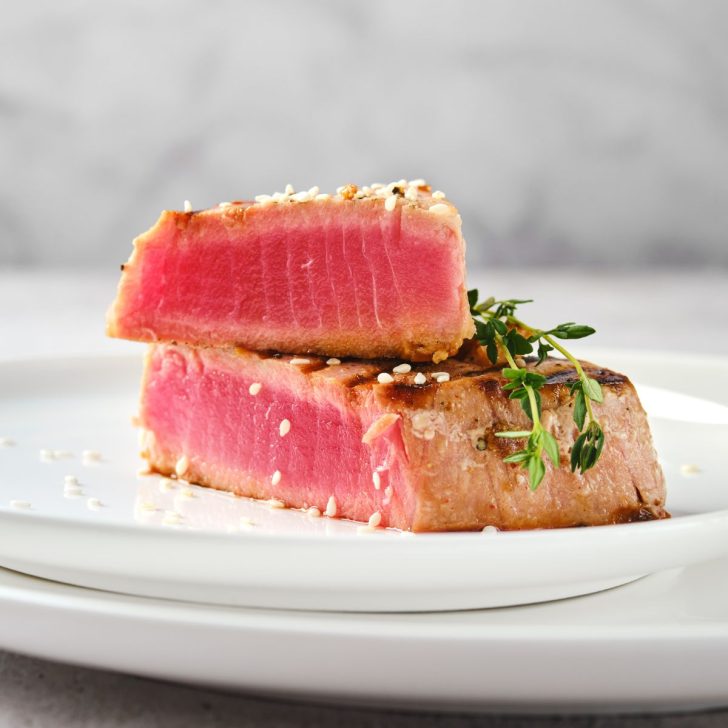

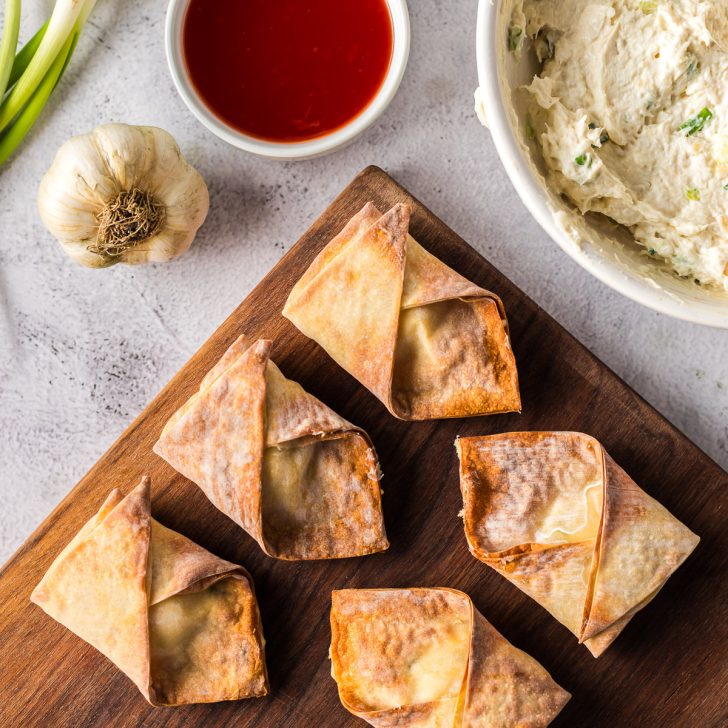
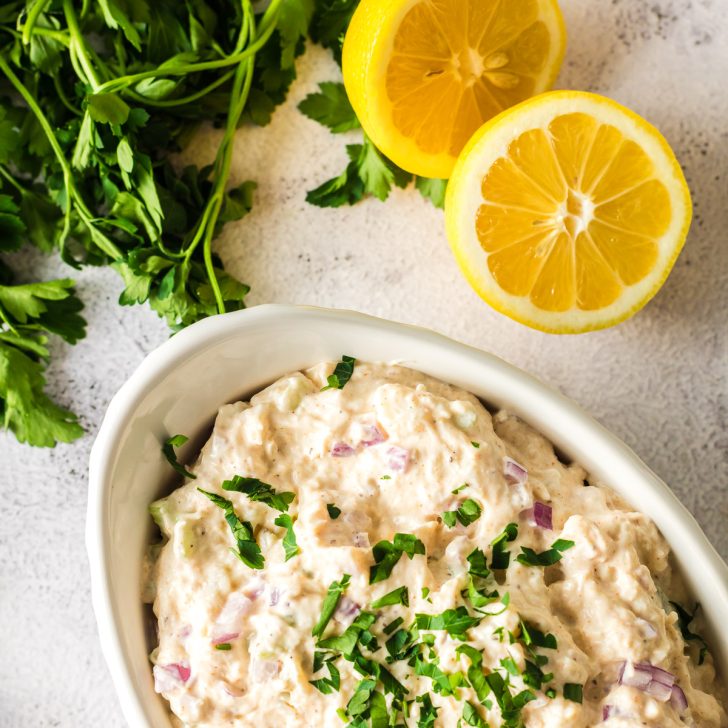
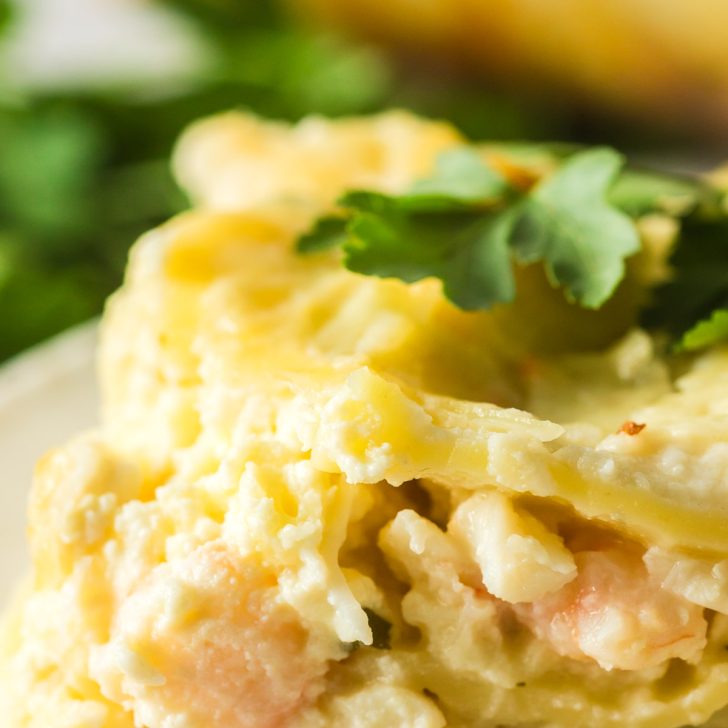
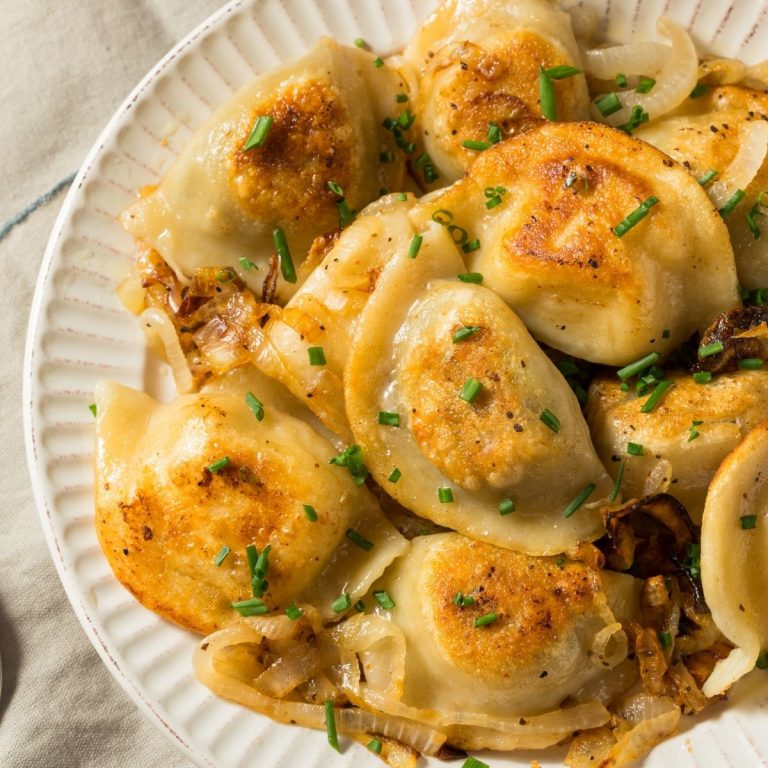
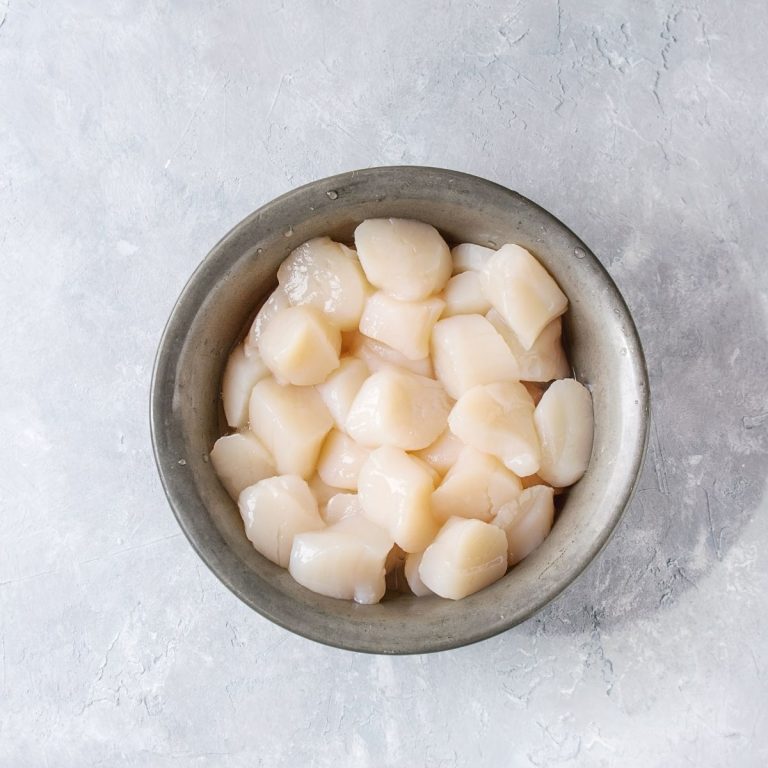
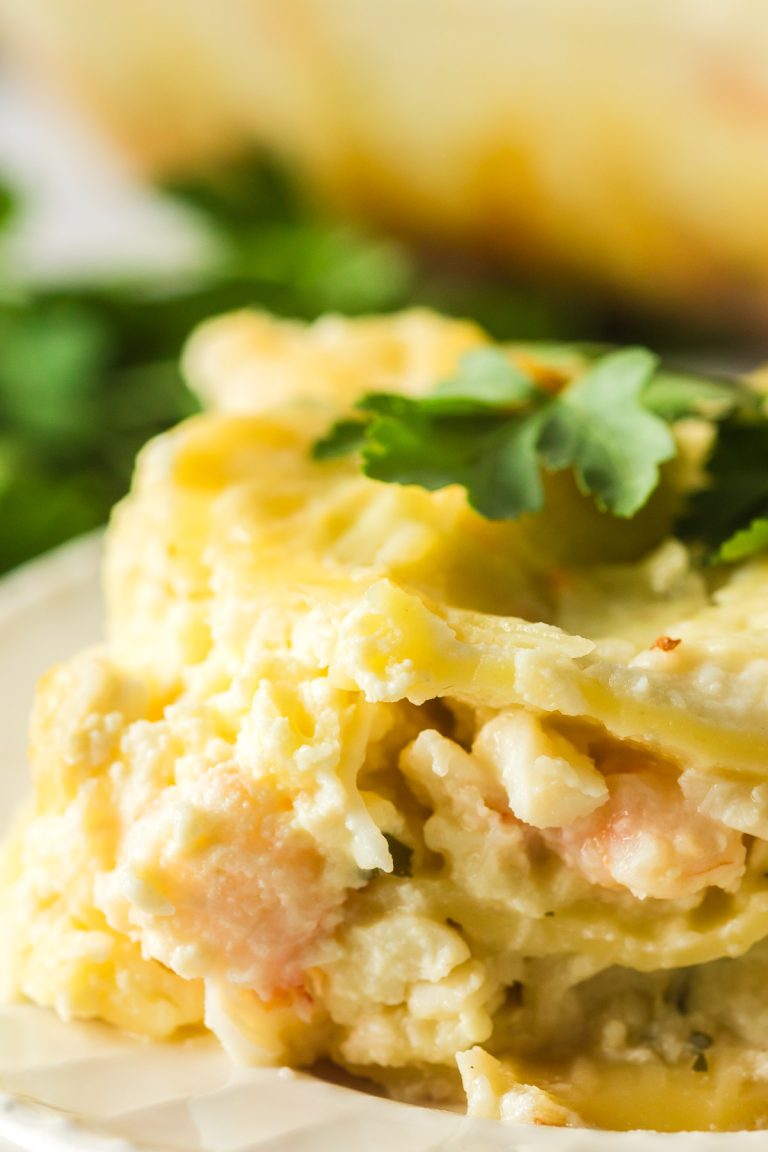
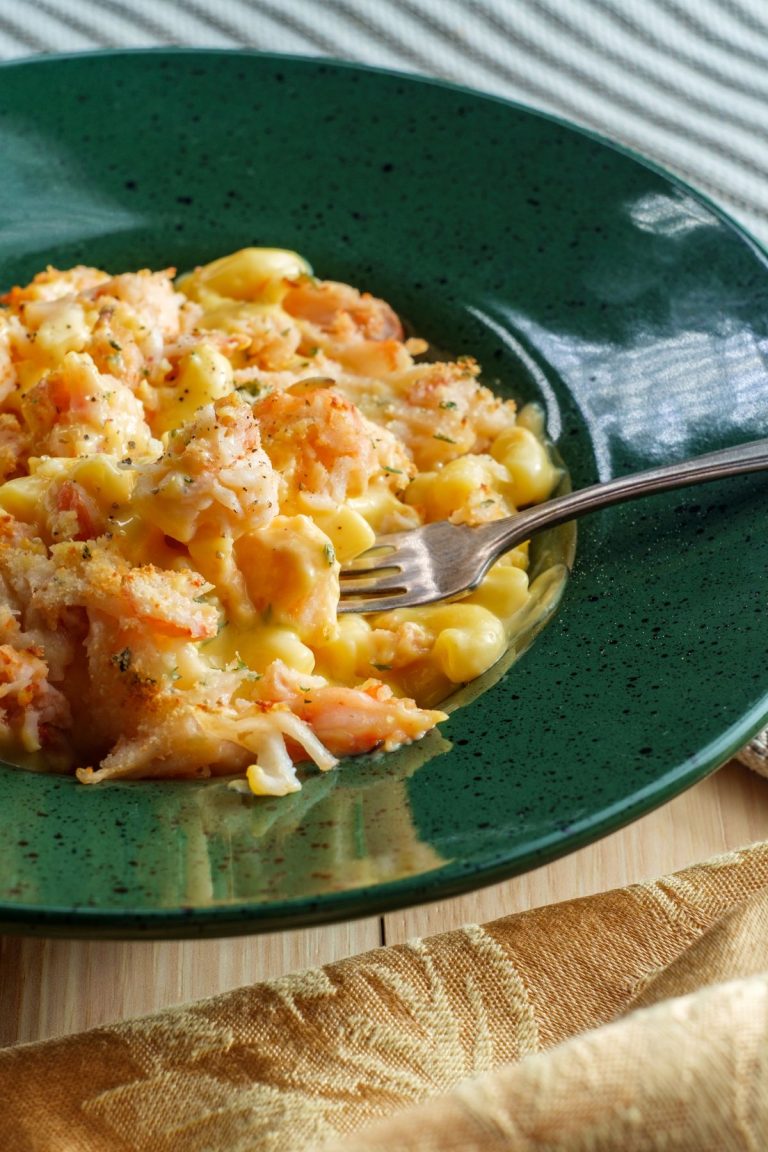
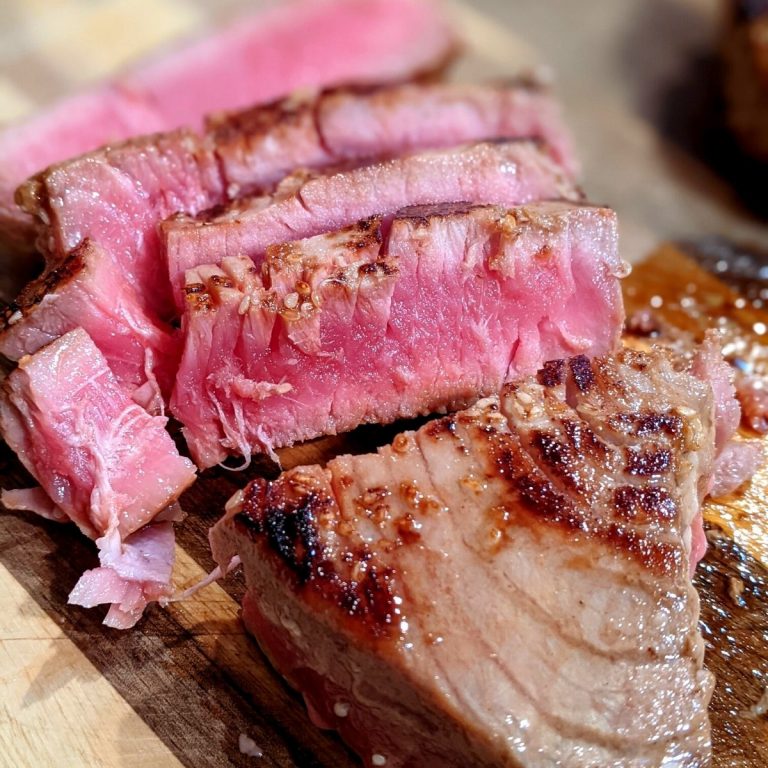
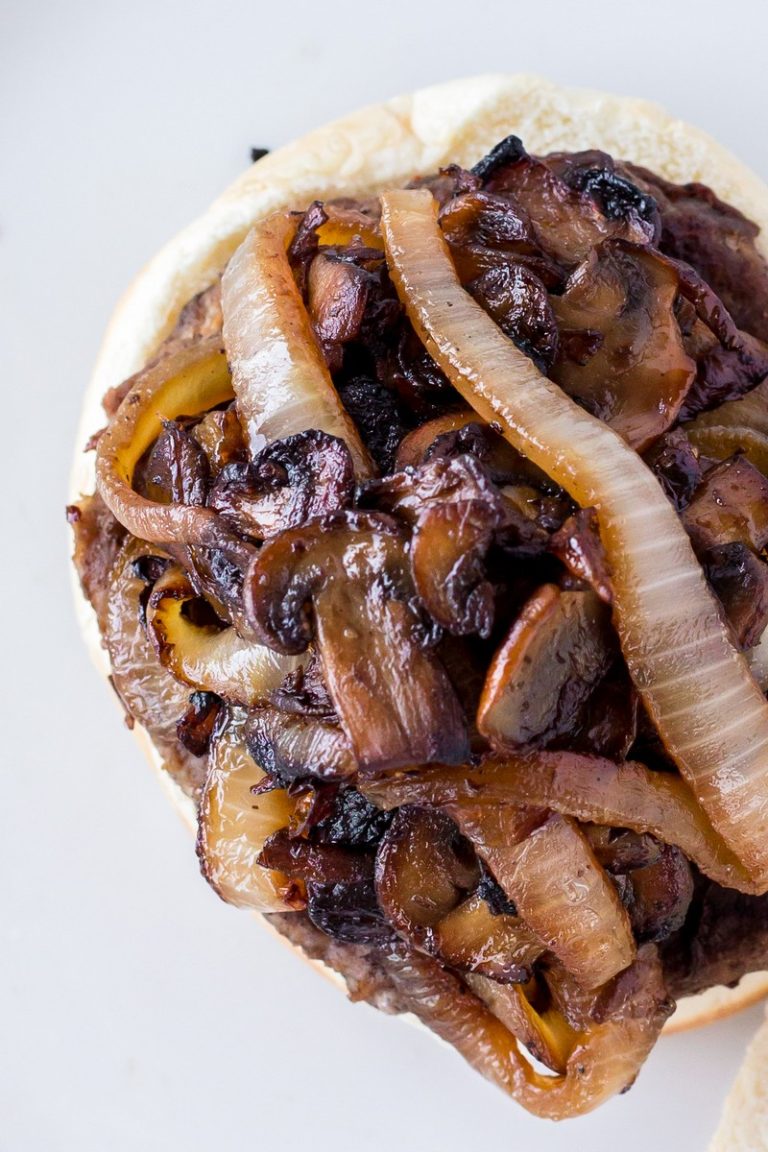
I think it’s fine to be weary of ultra-processed foods to a reasonable extent, dismissing food on the basis of it having MSG is baseless. There is no solid evidence proving MSG (something naturally present in whole foods such as tomatoes) is bad for your health.
Get off your high horse. You explicitly state you are not a nutritionist or medical expert. You should have ended your blog right there. There is nothing wrong with imitation crab meat or MSG. I hope your blog fails.